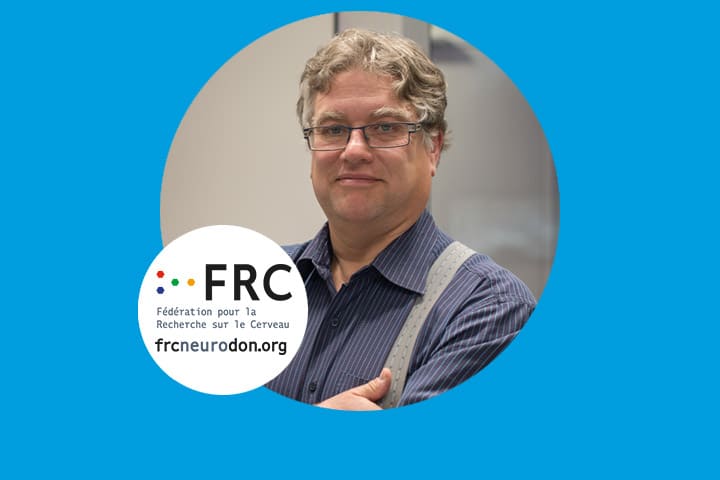
Marc Landry awarded by the “Fédération pour la Recherche sur le Cerveau”

Marc Landry, team leader at IMN, has been awarded by the FRC (Fédération pour la Recherche sur le cerveau) in the frame of the call for proposals “Le cerveau et l’environnement interne du corps“, for his project “Inflammatory mechanisms underlying comorbidity between attention deficit/hyperactivity disorder (ADHD) and pain (HyperPain).”
Partners
- Marc Landry & Eric Boué-Grabot, « Purinergic-mediated neuroinflammation and brain disorders » team, IMN.
- Patrick Emond & Laurent Galineau, « Imagerie Biomarqueurs et Thérapies », INSERM U1253 Imagerie et Cerveau, Université de Tours
Presentation of the project HyperPain
The HyperPain project addresses our recently published working hypothesis (Kerekes et al., 2021, Medical Hypotheses) that co-morbidity between attention deficit/hyperactivity disorder (ADHD) and pain sensitization is supported by neuroinflammatory mechanisms. It proposes an innovative translational strategy to treat comorbid ADHD and pain by targeting the underlying cortical neuroinflammatory mechanisms and neural circuits. It brings together the complementary expertise of two teams in Bordeaux and Tours in order to conduct translational studies and to develop an innovative therapeutic strategy targeting the neuroinflammatory mechanisms and circuits involved in these pathologies. Clinical metabolomics studies will determine the inflammatory mediators and metabolic pathways involved in human ADHD patients. In animals, we have recently validated a mouse model of ADHD. This model develops core and minor symptoms resembling the ADHD syndrome in humans, and pain sensitization involving the anterior cingulate cortex (ACC)-posterior insula pathway. We will use unbiased approaches and calcium imaging to specify the neuroinflammatory processes at work and the neuronal plasticity involved in the mouse ACC and compare with clinical data. We will apply in vivo modulation of neuronal circuits in behaving animals and decipher the precise microcircuits within key areas controlling ADHD and pain. Viral neural tracing strategies and opto/chemogenetics will ensure the specificity of manipulating and identifying the relevant populations and network mechanisms responsible for spinal cord dysfunction and pain sensitization. We will also study the role of these same circuits in the symptoms of ADHD. The ultimate goal of the HyperPain proposal is to open new avenues for integrated treatments of both disorders.
Contact
Last update 05/01/22
